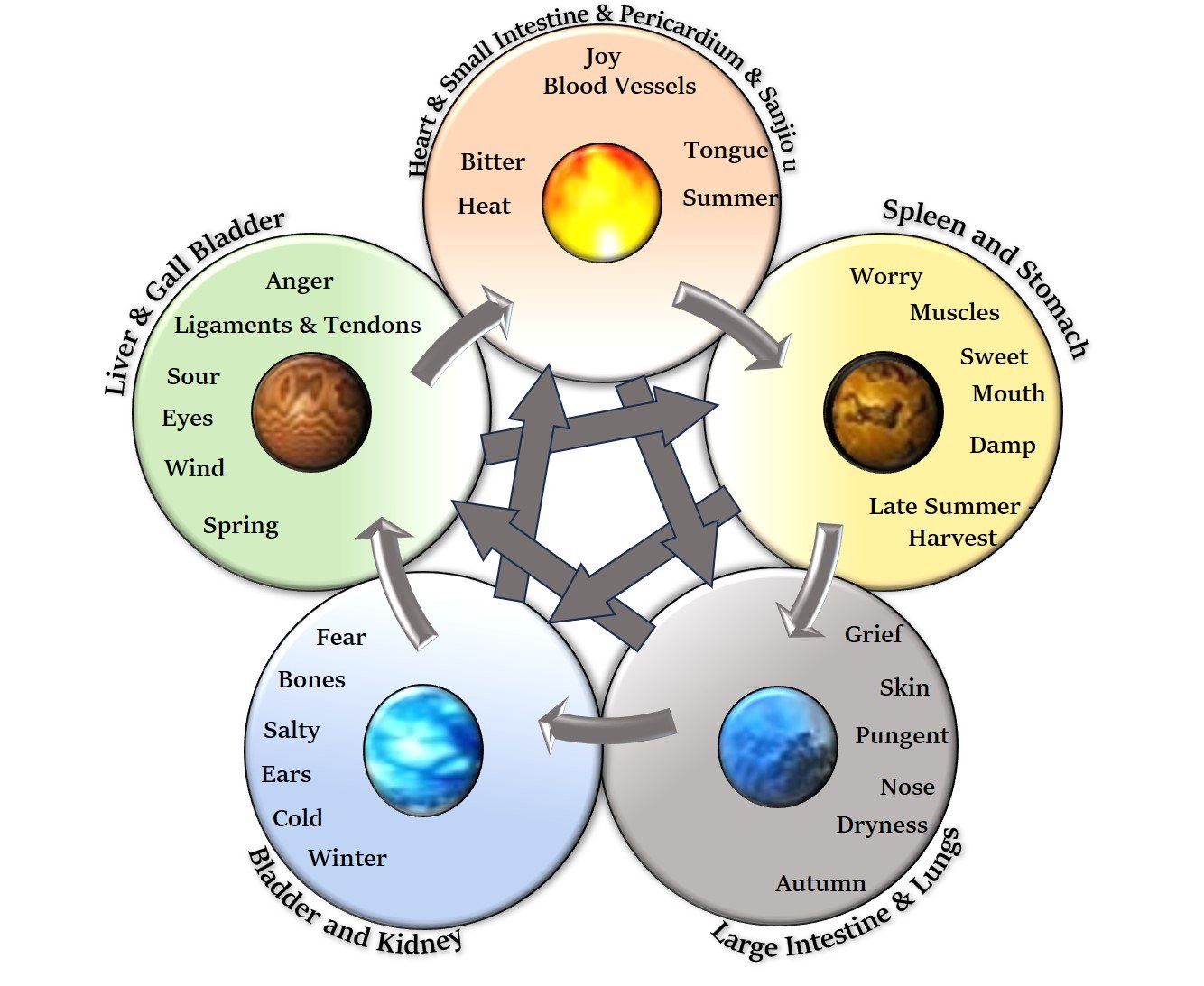A remedy according to Classical Homoeopathy
In Classical Homoeopathy, the primary objective is to address the constitutional state of an individual, encompassing their mental, emotional, and physical well-being. The process involves a thorough exploration of the patient's history, extending beyond mere words to encompass emotions, responses to queries, and more. The pivotal moment arises when the doctor identifies the most significant limitation hindering the patient's free and full experience of life.
Choosing a remedy in Classical Homoeopathy requires a deep understanding of the materia medica, the comprehensive list of homoeopathic remedies. Mastery of this extensive catalog demands a lifetime of study. Intuition also plays a crucial role in the remedy selection process. Typically, practitioners are well-versed in 50-150 common or "polycrest" remedies, with ongoing study guiding the selection of smaller or lesser-known remedies. This intricate blend of knowledge and intuition ensures a holistic approach to healing, considering the individual's unique constitution and limitations.
Case-Taking in Homoeopathy

Key Objectives of Case Taking:
- Understanding the Disease: Obtain a comprehensive knowledge of the disease.
- Assessing Dynamic State: Perceive the genuine dynamic state of the patient, determining the severity of their condition.
- Symptom Totality: Identify the totality of symptoms crucial for homoeopathic remedy selection.
- Nature of the Disease: Determine whether the disease is acute or chronic, curable or incurable.
- Causation Exploration: Uncover the root cause of the disease.
- Symptom Development: Understand the mode of development of symptoms.
- Repertorization Clues: Collect important symptoms for repertorization.
- Treatment Approach: Cure the curable and palliate the incurable by adhering to the law of similars.
- Systematic Record-Keeping: Maintain systematic records for guidance, treatment, future reference, and defense.
- Prognosis: Offer a prognosis based on gathered insights.
- Nosological Diagnosis: Contribute to nosological diagnosis.
In essence, mastering the art of case-taking in Homoeopathy serves as the cornerstone for effective, individualized patient care, ensuring a holistic understanding of both the person and the ailment.
1. Preliminary Data
Observations encompassing facial appearances, expressions, postures, gait, attitude, mood, and any peculiar odor provide valuable preliminary insights.
2. Present Illness
Thoroughly listening to the patient's complaints, along with data gathered through interrogation and cross-examination, covers crucial aspects:
- Onset (time, duration, and recurrence of symptoms)
- Provocation (factors aggravating or ameliorating present complaints)
- Quality (value of symptoms, common to uncommon symptoms)
- Region & radiation of pain and sensations
- Severity & intensity of symptoms
3. Past History
Collecting data from previous illnesses, including childhood and adult diseases, accidents, injuries, surgeries, hospitalizations, and immunizations, contributes to a comprehensive health history.
4. Current Health Status
Examining the current health status involves:
- Understanding chronic diseases and medications
- Evaluating dietary preferences and aversions
- Assessing lifestyle habits (smoking, drinking, exercise)
- Exploring daily life and activities, including appetite, thirst, bowel movements, sweating, bladder or urinary issues, and sleep patterns and dreams
- Identifying specific allergic reactions to stress and environmental changes
5. Family History
Observations of facial expressions, postures, gait, attitude, mood, and any distinct odor help gather valuable information about family medical history.
6. Clinical Exam & Diagnosis
A general examination and specific organ/system examinations confirm provisional diagnoses, guiding subsequent management and prognosis.
7. Elicitation of Mental Symptoms
Recognizing the connection between emotional experiences and physical symptoms (somatization) is essential. Data on mental state changes linked to physical illness informs remedy selection.
8. Valuation & Totality of Symptoms
With data from the preceding steps, the physician determines the disease, formulates a course of treatment, and customizes medication, ensuring a holistic and personalized approach to patient care.
The Significance of Comprehensive Case-Taking in Homoeopathy
Understanding the importance of detailed case-taking in Homoeopathy, especially considering the mind symptoms in a holistic manner, often raises questions like, "Why does a homoeopath ask so many questions?" Queries such as "What do you love to eat?" or "Which climate can you tolerate better?" might seem irrelevant or even annoying at times, leaving individuals to wonder about the rationale behind these inquiries. However, these questions are fundamental for a homoeopathic doctor aiming to prescribe the most suitable medicine.
To gain a better grasp, let's delve into the science of Homoeopathy and individualism. Plato, a visionary thinker almost 2000 years ago, asserted, "The part can never be well unless the whole is well." Successfully treating a disease or a group of symptoms requires considering various variables, including lifestyle, diet, stress factors, and the health status of different organs. These elements revolve around space (energy), air, fire, water, and earth. The universe and its contents, including humans, are essentially composed of these five basic elements.
Energy – Activity
Air – Mind
Fire – Thermal Axis
Water – Thirst
Earth – Physical Appearance

Unlocking the Significance of Homoeopathic Constitutional Medicine and Mental Health in Homoeopathy
The responses to those questions vary widely from person to person, playing a crucial role in the selection of the appropriate homoeopathic medicine, also known as homoeopathic constitutional medicine. These medicines, sourced from elements of nature based on symptom similarity, hold a distinctive place in addressing a spectrum of health conditions.
Mental illness encompasses a broad array of mental health disorders affecting mood, thinking, and behaviour. While many individuals experience occasional mental health concerns, these concerns escalate into mental illness when persistent signs and symptoms lead to frequent stress, impairing daily functioning. The impact of mental illness extends to various aspects of life, such as work, school, and relationships. Though conventional treatments often involve a combination of medications and psychotherapy, homoeopathic medicines stand out as highly efficacious.
In homoeopathic medicine, practitioners delve into the patient's mind, identifying the most suitable medicine by reading the mental landscape. Special emphasis is placed on mental symptoms in prescribing, prioritizing peculiar mental symptoms and unique sensations. Recognizing that diseases originate in vital molecular processes, homoeopathy views mental and physical symptoms as expressions of these molecular errors.
The complex interplay of mind functions—consciousness, emotions, thoughts, sensations—is attributed to the brain and nervous system. Homoeopathy, treating patients holistically on the basis of symptom similarity, places significant importance on subjective feelings and sensations for therapeutic intervention. Unique characteristic symptoms of the mind serve as distinctive identifiers (individualization), guiding the prescription process toward effective remedies for seamless recovery.
In contrast to conventional approaches, Homoeopathy adopts a different perspective, utilizing the patient's intellectual image to tailor the remedy selection. The homoeopathic prescription aims to unlock vital energies within the body, fostering a healthier self with increased vitality, energy, and overall well-being. Importantly, homoeopathy avoids suppression, recognizing its limitations in providing a true cure and opting instead for a transformative approach that addresses the root of the problem.
Hering’s law of cure
Dr. Constantine Hering's renowned "Second Law of Cure" also recognized as "The Law of Direction of Cure," is the cornerstone in homoeopathic practice, guiding the path to healing.
Dr. Hering introduced this law to illuminate the journey of recovery. Hering’s direction of cure provides a valuable roadmap for observing the sequential disappearance of symptoms during homoeopathic treatment. Here's a concise breakdown:
- Above-Downwards: Healing progresses in a top-down fashion, with symptoms vanishing from higher to lower regions of the body.
- Inside-Outwards: The curative process unfolds from the innermost to the outermost aspects of the body, signifying a holistic approach to well-being.
- From More Important Organs to Less Important Ones: Priority is given to the vital organs, ensuring that the core aspects of health are addressed before moving to less critical areas.
- Reverse Order of Appearance: Symptoms retreat in the opposite order of their initial emergence. The first symptoms witnessed will be the last to bid farewell.
Understanding and applying Hering's law empowers practitioners to gauge the effectiveness of homoeopathic interventions by observing the directional progression of symptom relief. Embrace this guiding principle on your path to holistic health and well-being.


